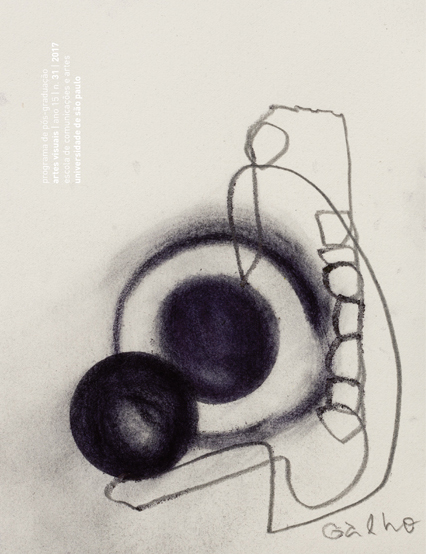Tackling Cubism: Carl Einstein, Daniel-Henry Kahnweiler and Vincenc Kramář
DOI:
https://doi.org/10.11606/issn.2178-0447.ars.2017.138527Keywords:
cubism, form, vision, art theoryAbstract
Three central texts on Cubism written in the first decades of the 20th century distinguish themselves by the effort of following the discoveries and formulations of Picasso, Braque, Leger and Juan Gris in an original way. The authors, Carl Einstein, Daniel-Henry Kahnweiler and Vincenc Kramář, made creative readings of Cubism and defended the painters’ quest for establishing new understandings of space based on experience. They discarded the metaphysical conception of space as an indication of spiritual value, strove to avoid descriptions based on feelings, understood the experience of art from the interpenetration of physical and psychic elements. Here are some characteristics of these three texts.
Downloads
Downloads
Published
Issue
Section
License
The responsibility for obtaining written permission to use in the articles materials protected by copyright law lies entirely with the author(s). Ars is not responsible for copyright breaches made by its collaborators.
The authors have the copyrights and grant the journal the right of the first publication, with the article licensed under the Creative Commons BY-CC License.
Licensees have the right to copy, distribute, display, and carry out the work and make derivative works from it, including with commercial purposes, granted that they give the due credit to the author or licensor, as specified by them.
Licensees compromise to inform the appropriate credit, provide a link to the license, and indicate if changes were made.
Respected the terms of the license, the licensors/authors are not allowed to revoke the conditions above mentioned.
After the publication of the articles, the authors keep the copyrights and the rights to republish the text exclusively in unpublished books and collections.


